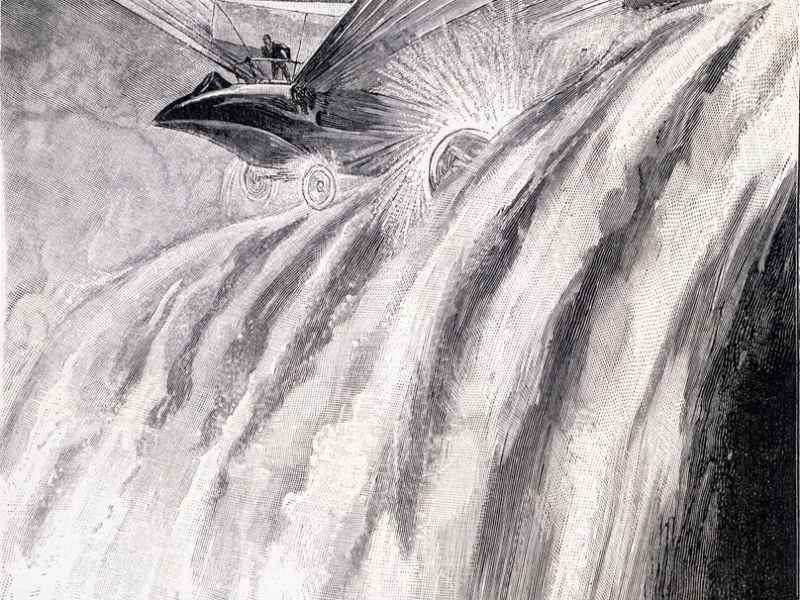Top 12 Classic Representations of Ball Lightning in Literature and Art
Advertisement
2. Jules Verne's "Master of the World"

Advertisement
Renowned science fiction writer Jules Verne employs ball lightning as a major component in his 1904 book "Master of the World." The narrative revolves on a mystery vehicle known as "The Terror," which can fly, land, sea, and ground. Verne uses the look of ball lightning during a rainstorm to build tension and astonishment. Verne's thorough depiction not only captures the visual spectacular of ball lightning but also reflects the scientific knowledge and conjecture of his time. The protagonist, John Strock, notes the phenomenon: "Suddenly, there burst from the sky a blazing ball of fire, which swept across the clouds, leaving a trail of incandescent vapor." The author uses this rare occurrence for several purposes throughout the book. It gives the already fantastical story an element of the extraordinary, so enhancing the sense of mystery surrounding "The Terror." Furthermore, it highlights Verne's unique mix of scientific fact and imaginative speculation, a trademark of his work that has motivated both generations of readers and scientists alike. The way ball lightning is portrayed in "Master of the World" has helped to explain the phenomenon's popularity in popular culture by piqueing public interest and scientific inquiry. Many scientific publications and ball lightning debates have referenced Verne's vivid image, therefore illustrating the ongoing influence of literary depictions on scientific research.
You May Like
Advertisement

